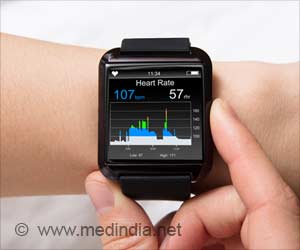New guideline published gives recommendations for treating patients with bradycardia, cardiac conduction disorders.

‘In the new guideline, bradycardia is defined as a heart rate of less than 50 beats per minute, compared to a normal heart rate of 50-100 beats per minute. ’





The writing committee members outline the clinical presentation and approach to clinical evaluation of patients who may have bradycardia or conduction diseases. They reviewed study data and developed recommendations from the evidence. These recommendations include the selection and timing of diagnostic testing tools--including monitoring devices and electrophysiological testing--as well as available treatment options such as lifestyle interventions, pharmacotherapy and external and implanted devices, particularly pacing devices. The authors also address special considerations for different populations based on age, comorbidities or other relevant factors.
Conduction abnormalities are common after transcatheter aortic valve replacement (TAVR). The guideline includes recommendations on post-procedure surveillance and pacemaker implantation. The guideline also addresses ways to approach the discontinuation of pacemaker therapy and end of life considerations. The writing committee members stress the importance of shared decision-making between the patient and clinicians, as well as patient-centered care.
"Treatment decisions are based not only on the best available evidence but also on the patient's goals of care and preferences," said Fred M. Kusumoto, MD, cardiologist at Mayo Clinic Florida in Jacksonville and chair of the writing committee. "Patients should be referred to trusted material to aid in their understanding and awareness of the consequences and risks of any proposed action."
Yet, according to the authors, there are still knowledge gaps in understanding how to manage bradycardia, especially the evolving role of and developing technology for pacing.
"Identifying patient populations who will benefit the most from emerging pacing technologies, such as His bundle pacing and transcatheter leadless pacing systems, will require further investigation as these modalities are incorporated into clinical practice," Kusumoto said. "Regardless of technology, for the foreseeable future, pacing therapy requires implantation of a medical device, and future studies are warranted to focus on the long-term implications associated with lifelong therapy."
Advertisement
Source-Eurekalert









